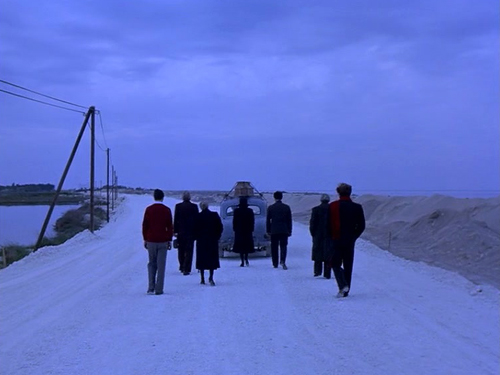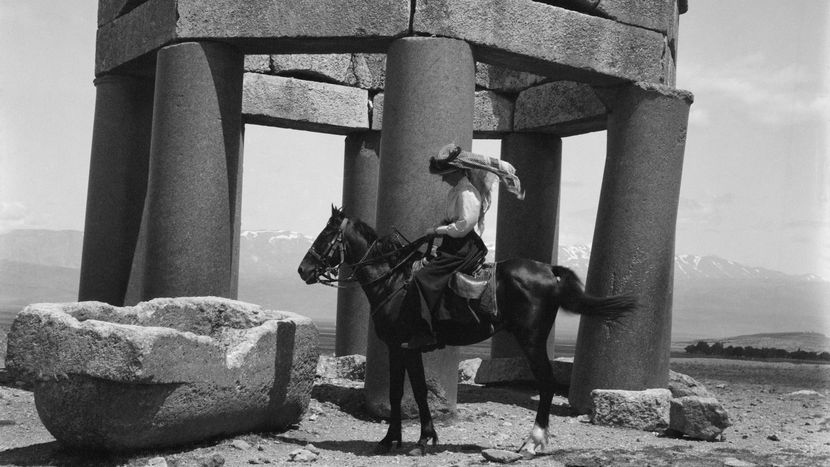Funny old
time for Travis Bickle to raise his ugly mohawked head once again. Here is
cinema’s original angry white male, stepping out of the sewer smoke as the
midpoint of the BFI’s Martin Scorsese retrospective, at a time when angry white
males have seized control of public discourse. Back then, Bickle looked very
much a product of his circumstances: post-Nixon, post-Vietnam America,
pre-gentrified New York. Watching him in 2017, the mind boggles: would Bickle
feel vindicated by our world? Would he be gunning for or supporting the
President? Would he be even angrier for seeing Uber devouring his client base?
By all
accounts, this was Scorsese and his collaborator Paul Schrader writing what
they knew. Most male filmmakers craft flattering self-images within their early
features; Scorsese and Schrader, by contrast, punched up their own neuroses and
hang-ups into a portrait of lethally toxic masculinity. They found a willing
ally in Robert de Niro, at that stage where he was willing to push and pull his
body every which way: here, warming up for Jake LaMotta in Raging Bull, he
transforms the boyish, shy-smiling Bickle of the early scenes into the
shaven-headed loon who stalks through the unforgettably bloody finale.
In showing
how one Travis becomes the other, no film has better captured a certain kind of
masculine solitude: the loneliness, the boredom, the growing entrenchment that
follows from Travis driving around in his yellow Checker cab, fantasising and
projecting (many have noted the parallels between screen and windscreen),
becoming ever more detached and alienated from the world outside. There’s a
marked contrast between him and those civic-minded individuals (Cybill
Shepherd, Albert Brooks) observed trading quips in scenes suggestive of a
“normal” movie of the late 1970s.
But then Taxi
Driver is far from a normal film. This viewer has always been a touch resistant
to claims for its greatness: nothing about it seems especially healthy, and the
sense of men egging one another on towards vileness hardly relents with
Scorsese’s cameo as a racist creep. (He looks like Manson.) You wonder how many
fanboys have forced their girlfriends to squirm through it, like Travis forcing
porn on Shepherd’s Betsy. Still, it endures as the furthest studio movies were
permitted to descend into the mire; the following year, George Lucas made Star
Wars on wipeclean sets, and the rest was movie history.
That isn’t to
deny Taxi Driver’s occult power. It is superlatively performed by character
actors who didn’t care for being likable: there are brilliantly uneasy
encounters between De Niro and Harvey Keitel’s pimp, the awkward silences
allowing us to hear the tin cans and other trash blowing down the street. And
Bernard Herrmann’s score sneaks up behind you, places its hands over your eyes,
and eases you back into the darkness: the film should be a bumpier ride than it
is, but this was Scorsese – on that trajectory that took him from Mean Streets
to GoodFellas – learning how to seduce the viewer with violence.
That had
consequences: part of Taxi Driver’s legend is that it inspired John Hinckley to
take a pop at Ronald Reagan in a bid to impress Jodie Foster, as Travis sought
to woo Foster’s child prostitute Iris. Somewhere in here, alongside the useful
skewering of white knight syndrome, is a beginner’s guide to becoming an
assassin. It is, however, Travis’s insular worldview that now appears most
terrifying, and most familiar. In ’76, that bicentennial year, this guy was
surely a lone face in the flagwaving crowd; nowadays, whether lurking on the
Internet or in the halls of highest office, he seems to be everywhere.
(Reader's Digest, February 2017)
A 40th Anniversary Special Edition of Taxi Driver is available on Blu-Ray through Sony Pictures Home Entertainment.











